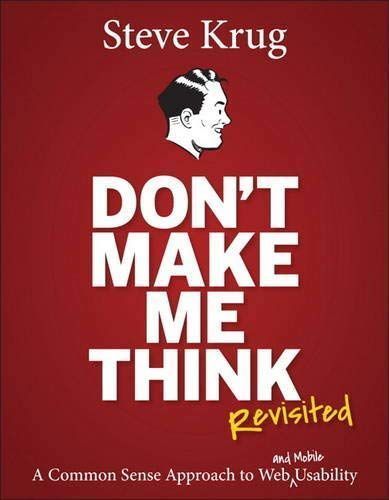
Reviews
Zugzug@zugzug
Leo Vogel@leovogel
Erika@akire
Velen Chew@velenchew
Katherine Yang@bookwormgirl910
David Mendes@davidmendes
S@benhur
Mudita@muditasis
Swastik@swastik
Ahmed Salem@salem309
雪 xue@snow
Bryan Maniotakis@bryanmanio
Maria@mersibaq
João Ferreira@jf
Casper Lourens@casper
Muhannad Helvaci@Muhannad
Pratik M@pcmhatre
Andy Doyle@doyley
Calin@calin
nda and@dookie
Michael Schoelkopf@cheykoff
JP Juinio@jpjuinio
Diogo Maia Caetano@diogo
Sajiya Chaudhary@sajiya_khalik
Highlights
Casper Lourens@casper
Page 174
Casper Lourens@casper
Page 146
Casper Lourens@casper
Page 22